Bánh đa cua, or Vietnamese crab red rice noodle soup, is a hearty delicacy with a rich and distinct flavor from minced crab, betel leaf rolls, and fish cakes. In addition to the incredible taste, this dish will mesmerize you with its vivid appearance.
If you’ve tried Southern Vietnamese dishes, such as bún mắm, and wonder what some iconic recipes of the Northern region taste like, bánh đa cua is an excellent starting point. Explore this amazing dish today!
What Exactly Is Bánh Đa Cua?
Bánh đa cua is the staple in the cuisine of Hai Phong, a province in the Red River Delta area of Northern Vietnam. The essential ingredients in this dish include crab, pork wrapped in betel leaves (“chả lá lốt”), fish cakes, fresh vegetables, and, most importantly, bánh đa noodles.
Unlike other kinds of rice noodles in Vietnamese cuisine, bánh đa have a reddish color that comes from the juice extract of “gấc”, a unique Vietnamese fruit. Their strands are also wider than that of phở or hủ tiếu.
For people in Hai Phong, bánh đa cua is more than just a bowl of noodle soup. It’s the combination of the modern and traditional cooking styles of this province. With its bright colors and remarkable flavor, this delicacy can capture the heart of any foodie.
Which Tools Help Make Bánh Đa Cua?
This recipe doesn’t ask for any hard-to-find or fancy kitchen tools. However, note that you will need more than one pot.
How to Pick Ingredients for Bánh Đa Cua?
Don’t be discouraged by the rather long ingredient list. You can find most of them easily on Amazon or in Asian stores.
Main Ingredients
Vegetables
Spices
How to Prepare Bánh Đa Cua? Step-By-Step Directions
Without further ado, here are the detailed instructions for cooking bánh đa cua. Making this recipe is not the most straightforward process, so make sure that you follow my directions carefully.
Step 1: Prepare the Vegetables
Wash the pork bones and let them dry. Soak the dried wood ear mushrooms in water to soften them. Rinse the dried shrimp and allow them to dry.
Mince the saw leaves, cilantro, and scallions, keeping the roots of the cilantro and scallions for cooking the pork broth. Next, mince the betel leaves and wood ear mushrooms. Thinly slice the shallots.
Cut the tomatoes into quarters. Note that you shouldn’t cut the tomatoes into smaller pieces as they might break apart during cooking.
Step 2: Filter the Crab Meat
Put 1.1 pounds of minced crab into a small pot and prepare about 1.5 quarts (about 1.5 liters) of water. Gradually pour water into the pot and stir the crab meat with your hands (remember to wear food prep gloves).
Pour the crab through a sieve into a larger pot to filter out tiny bits of crab shells. Repeat this step a couple of times.
Step 3: Marinate the Ground Pork
Add the minced wood ear mushrooms and betel leaves to the ground pork. Season the mixture with:
Mix well and let the meat rest for 10 minutes.
Step 4: Cook the Pork Broth
Blanch the pork ribs with 1 teaspoon of salt and scallions for 2 to 3 minutes. Then, transfer the bones to a cold water bath and clean them.
Next, add about 2.5 quarts of water (about 2.5 liters) to a pot together with 1 shallot and the roots of cilantro and scallions. Simmer for 30 to 45 minutes over medium heat.
Step 5: Cook The Crab Meat
Place the filtered crab pot on the stovetop and add 1 teaspoon of salt. Bring the mixture to a boil over medium heat. Use chopsticks to lightly stir the crab to keep it from sticking to the bottom of the pot. Once boiled, set the heat to low.
After 3 to 5 minutes of cooking over low heat, transfer the crab meat that floats on the surface to a bowl and turn off the stove.
Step 6: Make the Betel Leaf Rolls
Spread a betel leaf on a chopping board on its glossy side. Place some ground pork on the leaf’s surface and roll it up carefully. Use the petiole to lock the roll and prevent the meat from falling out. Repeat this step for the remaining leaves and pork.
Pour some olive oil into a heated pan and fry the fish cakes until they turn golden brown on all sides. Transfer the fried fish cakes to a plate lined with paper towels to absorb the oil.
Add the betel leaf rolls into the same pan and fry them for 5 to 10 minutes or until all sides are evenly cooked. Transfer them to another paper towel-lined plate.
Step 7: Fry the Pork Fat
Add the pork fat to a pan and stir for 10 to 15 minutes over medium heat or until the fat turns golden and crispy. Set aside.
In the same pan, add the sliced shallots and stir until they turn light yellow. Set aside.
Step 8: Make the Crab Broth
Add the tomatoes to the same pan and stir lightly. Then, add the dried shrimp and continue stirring for 2 to 3 minutes. Pour the tomatoes and shrimp mixture into the pot that you used to cook the crab and simmer it over low heat.
Next, pour cashew oil into a heated pan and add the crab mustard. Stir lightly for 3 to 5 minutes on low heat. Then, add the crab mustard to the crab broth pot and simmer over low heat.
Season the broth with:
Feel free to adjust the amounts to your taste.
Pour in the pork broth and keep on simmering over low heat to keep the stock heated.
Step 9: Time to Serve!
Blanch the water spinach briefly and transfer it to a cold bath to maintain its crispiness and color.
Rinse the noodles about 10 minutes in advance. Then, blanch them in boiled water for 30 seconds.
Add the noodles to a bowl and place the fish cakes, betel leaf rolls, crab meat, and pork ribs on top of them.
Pour in the broth and drizzle the noodles with some fried pork fat, fried shallots, scallions, and cilantro. Serve with fresh vegetables on the side.
Don’t Miss These Handy Tips
If you want to improve the flavor of this already-delicious dish, here are some useful tips for you.
Experience The Food Culture Of Northern Vietnam
Bánh đa cua is the perfect first step to exploring the amazing cuisine of Northern Vietnam. You can enjoy it as a hearty morning dish, lunch, or dinner. No matter what time of the day, a bowl of bánh đa cua will never fail you.
If you like this dish, I’m sure that you will also be interested in trying other delicious, simple-to-make recipes that I’ve posted. So don’t hesitate to like and share this recipe for more content like this in the future. Have fun cooking, and see you again soon!
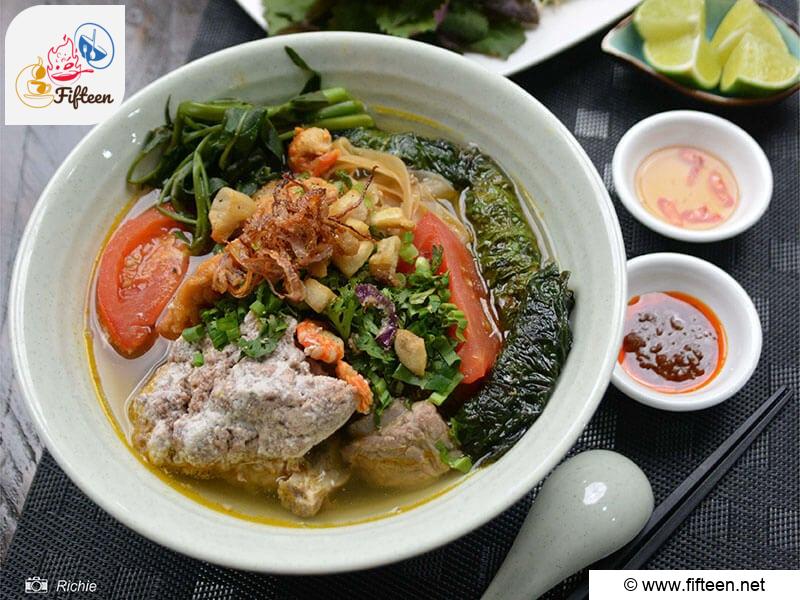
Bánh Đa Cua Recipe (Vietnamese Crab Red Rice Noodle Soup)
Equipment
- Pot
- Pan
- Sieve
- Knife
- Chopping Board
- Tongs
- Ladle
- Slotted Spoon
Ingredients
Main ingredients
- 1.1 pounds of minced crab
- 0.66 pounds of bone-in pork ribs
- 0.44 pounds of ground pork
- 0.22 pounds fish cake
- 0.22 pounds of pork fat, sliced into small cubes
- 1 ounce dried shrimp
- 1.1 pounds bánh đa noodles
- Crab mustard
Vegetables:
- 0.66 pounds of water spinach
- 1.1 pounds or 5 medium tomatoes
- 1 ounce shallots
- 0.7 ounces of betel leaves
- 0.7 ounces of saw leaves, scallions, cilantro
- 0.22 pounds of shredded banana blossom
- 0.44 pounds of bean sprouts
- 20 dried wood ear mushrooms
- Peppermint, lemon, chili pepper, etc.
Spices:
- 1 tablespoon fish sauce
- 2 teaspoons brown sugar
- 2 teaspoons salt
- 4 teaspoons soup powder
- 1 teaspoon pepper
- 3 teaspoons cashew oil
- Olive oil
Instructions
- Wash the pork bones and let them dry. Soak the dried wood ear mushrooms in water to soften them. Rinse the dried shrimp and allow them to dry. Mince the saw leaves, cilantro, and scallions, keeping the roots of the cilantro and scallions. Next, mince the betel leaves and wood ear mushrooms. Thinly slice the shallots. Cut the tomatoes into quarters.
- Put the minced crab into a small pot. Gradually pour water into the pot and stir the crab with your hands. Pour the crab through a sieve into a larger pot to filter out tiny bits of crab shells. Repeat this step a couple of times.
- Add the minced wood ear mushrooms and betel leaves to the ground pork. Season the mixture with pepper, soup powder, and brown sugar. Mix well and let the meat rest for 10 minutes.
- Blanch the pork ribs with salt and scallions for 2 to 3 minutes. Transfer the bones to a cold water bath and clean them.
- Next, add water to a pot together with 1 shallot and the roots of cilantro and scallions. Simmer for 30 to 45 minutes over medium heat.
- Set the filtered crab pot on the stovetop and season it with salt. Bring the mixture to a boil over medium heat. Use a chopstick to lightly stir the crab to keep it from sticking to the bottom of the pot. Once boiled, set the heat to low. After 3 to 5 minutes of cooking over low heat, transfer the crab meat that floats on the surface to a bowl and turn off the stove.
- Spread a betel leaf on a chopping board on its glossy side. Place some ground pork on the leaf's surface and roll it up carefully. Use the petiole to lock the roll. Repeat this step for the remaining leaves and pork.
- Pour some olive oil into a heated pan and fry the fish cakes until they turn golden brown on all sides. Put them onto paper towels to absorb the oil. Add the betel leaf rolls into the same pan and fry them for 5 to 10 minutes. Transfer them to another paper towel-lined plate.
- Add the pork fat into a pan and stir for 10 to 15 minutes over medium heat. Set aside.
- In the same pan, add the sliced shallots and stir until they turn light yellow.
- Add the tomatoes to the same pan and stir lightly. Then, add the dried shrimp and continue stirring for 2 to 3 minutes. Pour the tomatoes and shrimp mixture into the pot that you used to cook the crab and simmer it over low heat.
- Next, pour cashew oil into a heated pan and stir in the crab mustard. Stir lightly for 3 to 5 minutes on low heat. Add the crab mustard to the crab broth pot and simmer over low heat. Season the broth with fish sauce, soup powder, and brown sugar.
- Pour in the pork broth and keep on simmering over low heat to keep the stock heated.
- Blanch the water spinach briefly and transfer it to a cold bath. Rinse the noodles about 10 minutes in advance. Then, blanch them in boiled water for 30 seconds.
- Arrange the noodle soup and enjoy it with fresh vegetables on the side.
Video
Notes
- The total cooking time is based on 4 servings.
- Besides rinsing the noodles, you can also soak them in cold water for about 3 to 5 minutes before blanching.
- Add more fish sauce or freshly squeezed lime juice to your noodle soup for a richer taste.
- Add some chili peppers or Shacha sauce if you like it spicy.
- Bagel twists (bánh quẩy) are another excellent side dish for bánh đa cua
- For the leftovers, store the noodles and the broth in different containers and keep them in the fridge for up to 3 days.


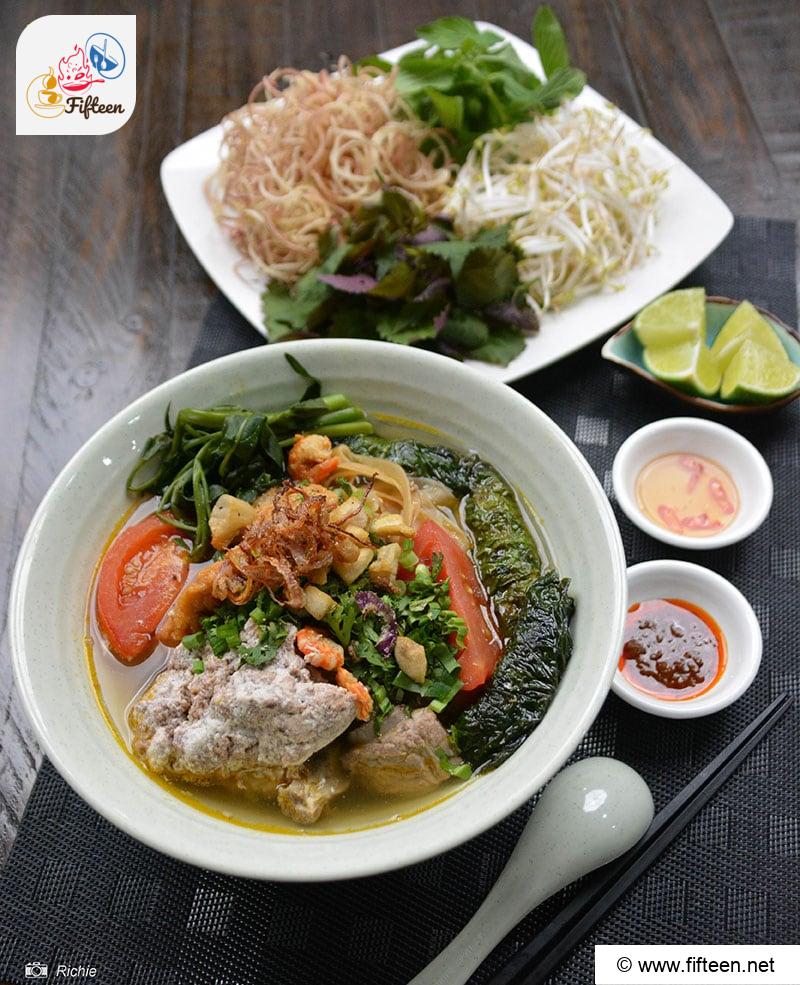
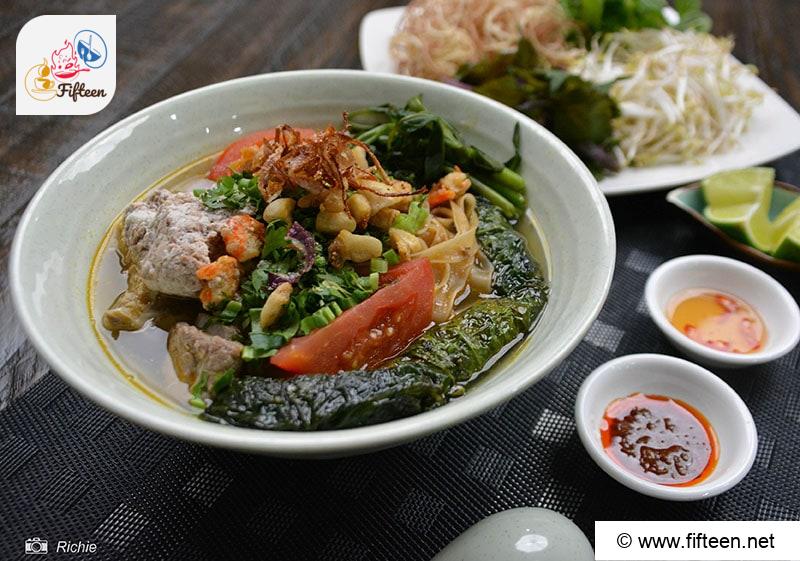
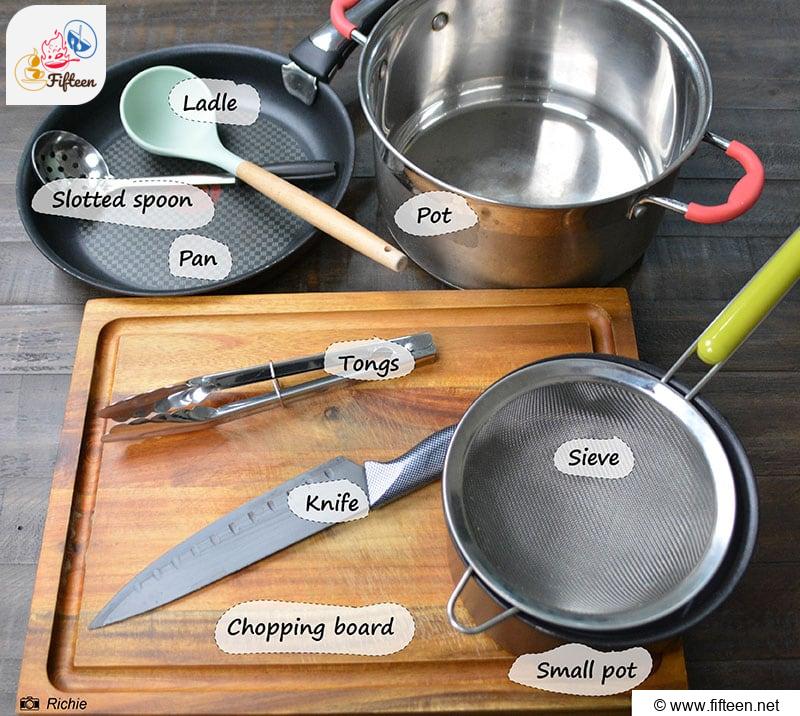
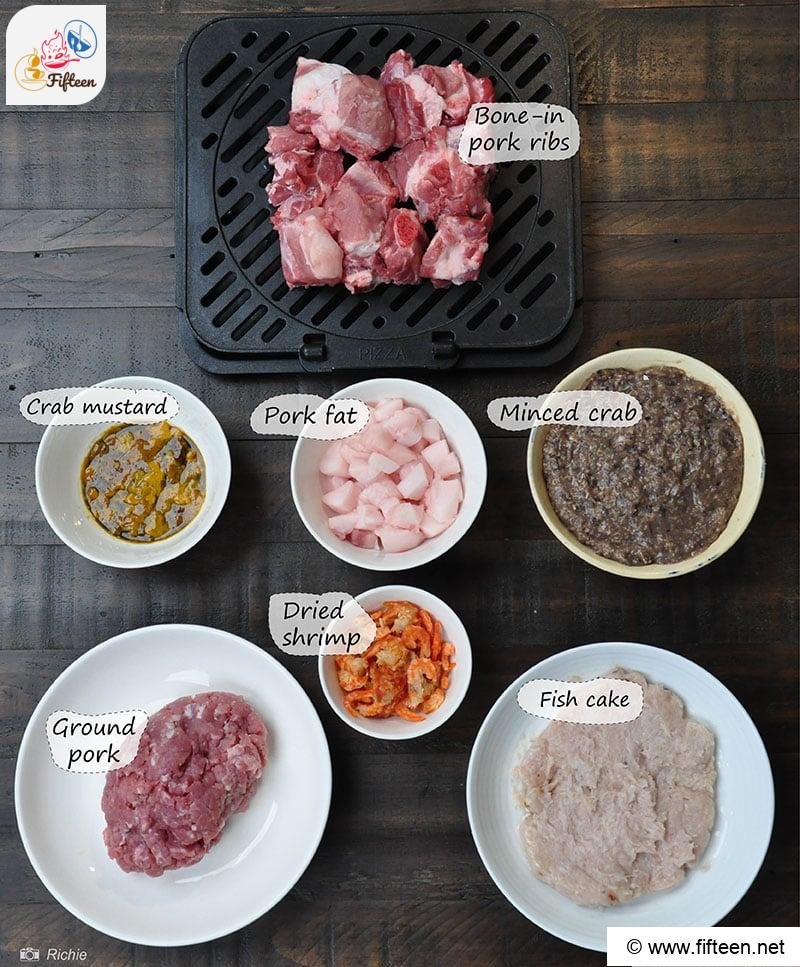
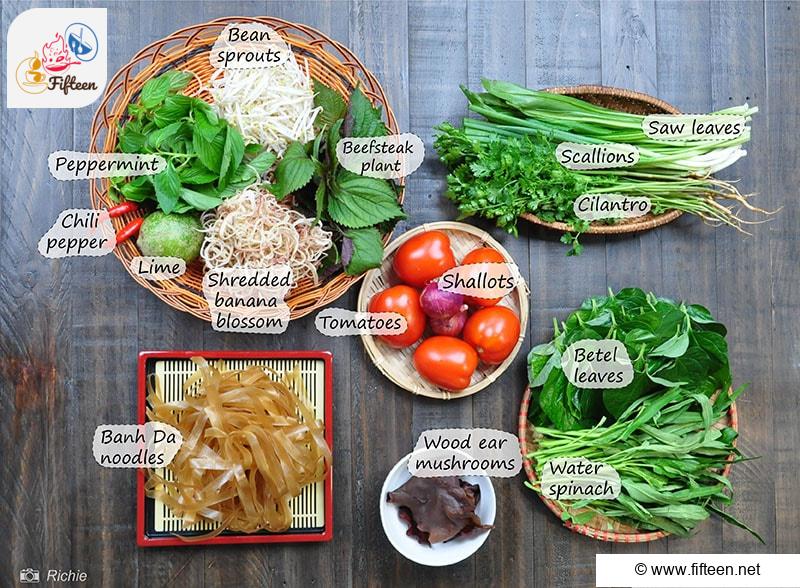
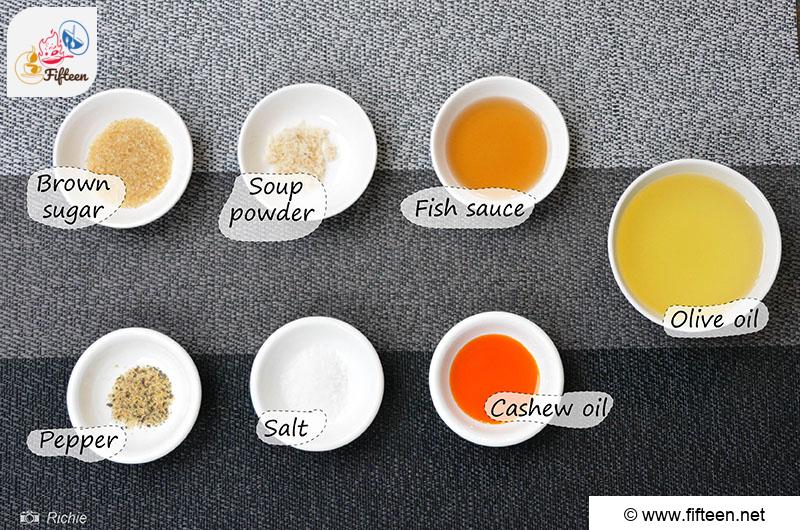
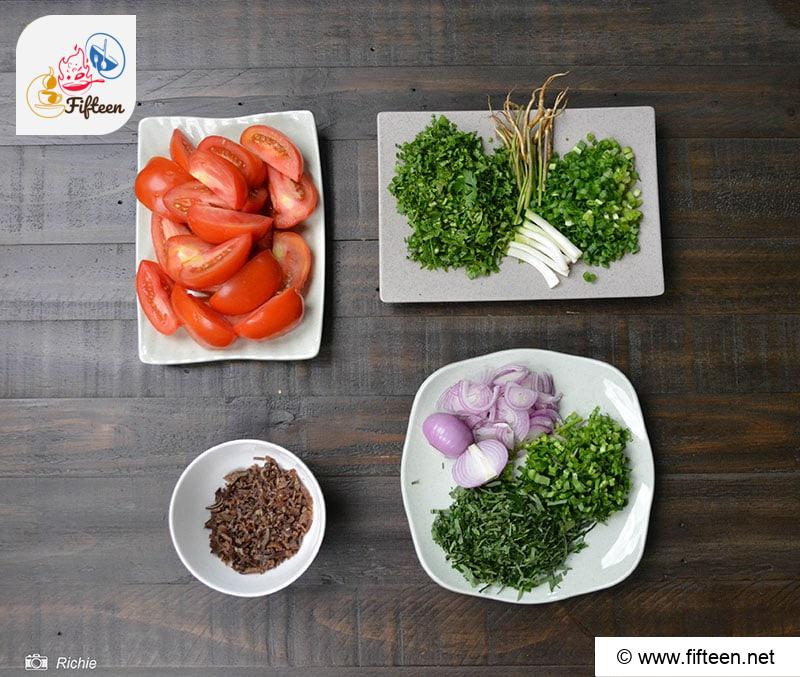
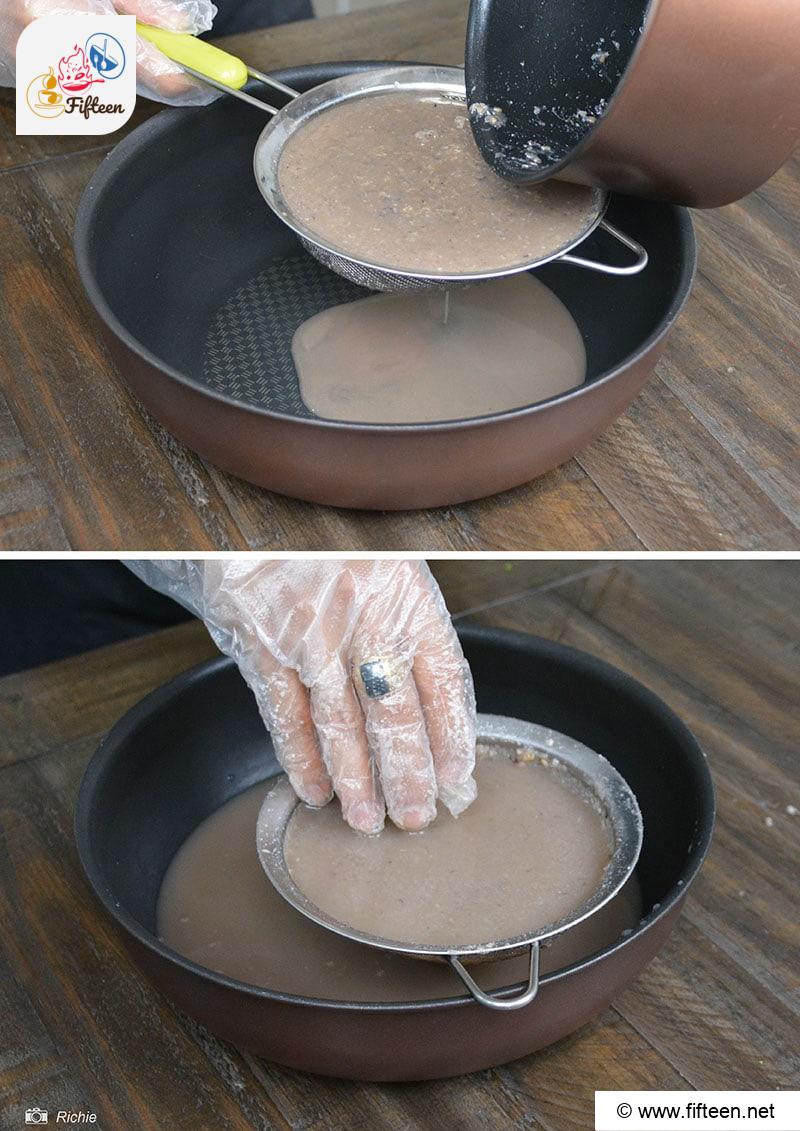
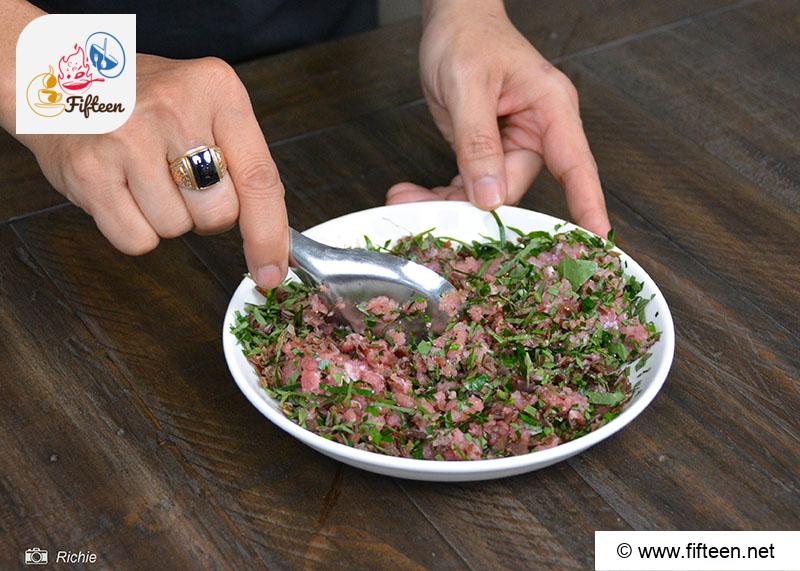
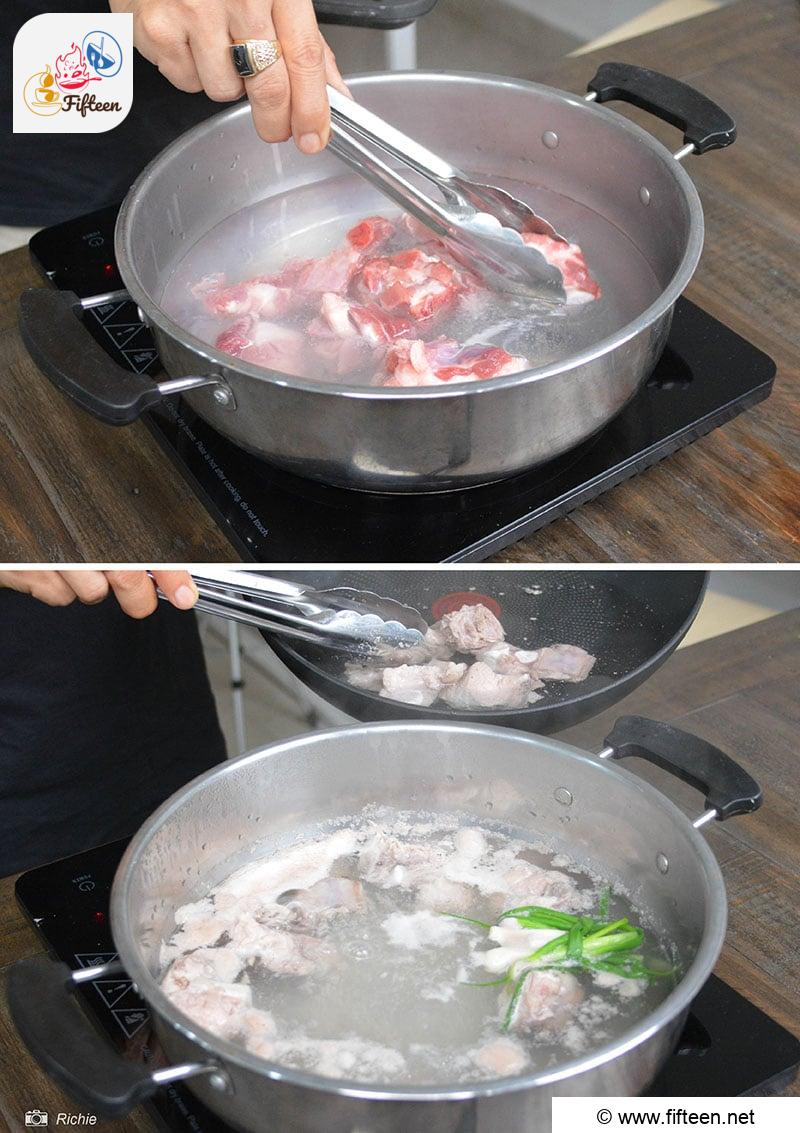
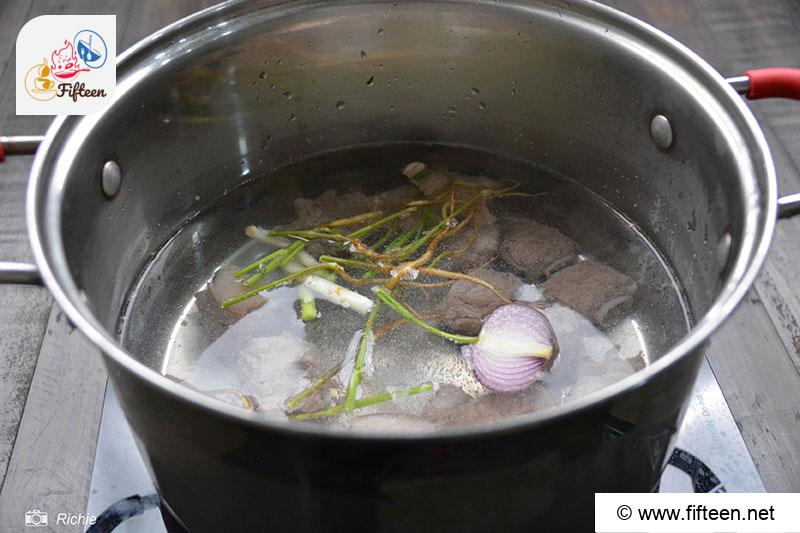
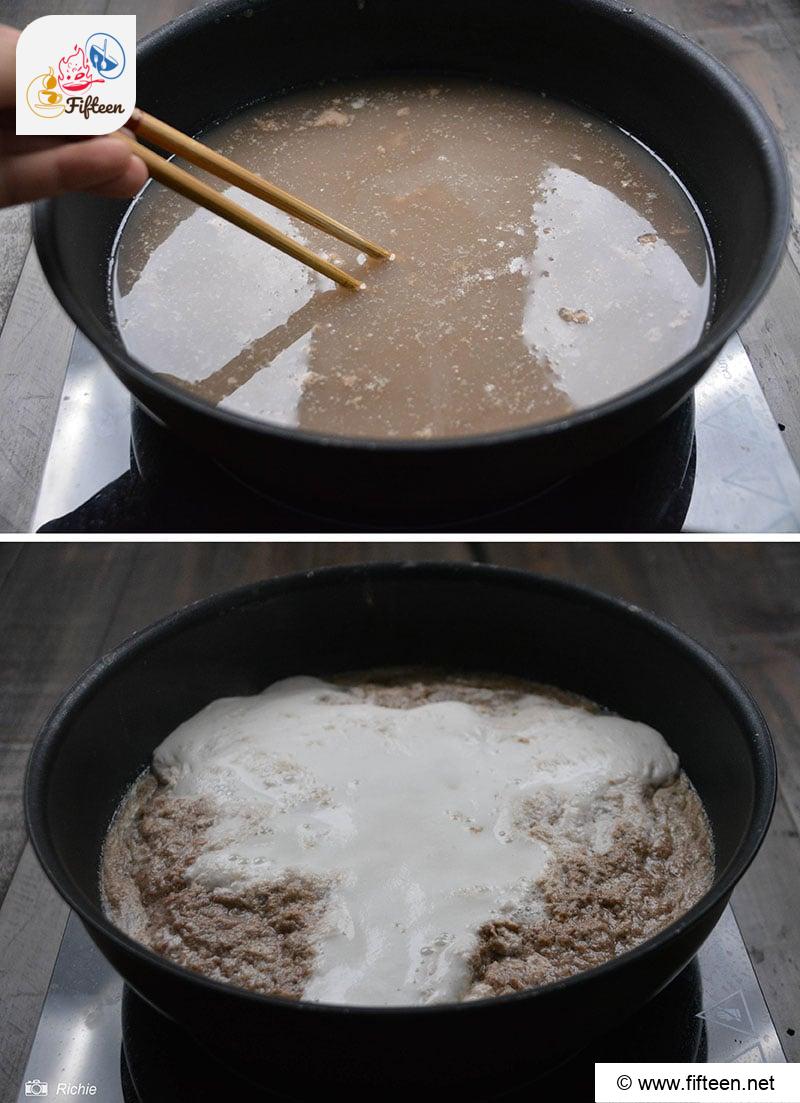
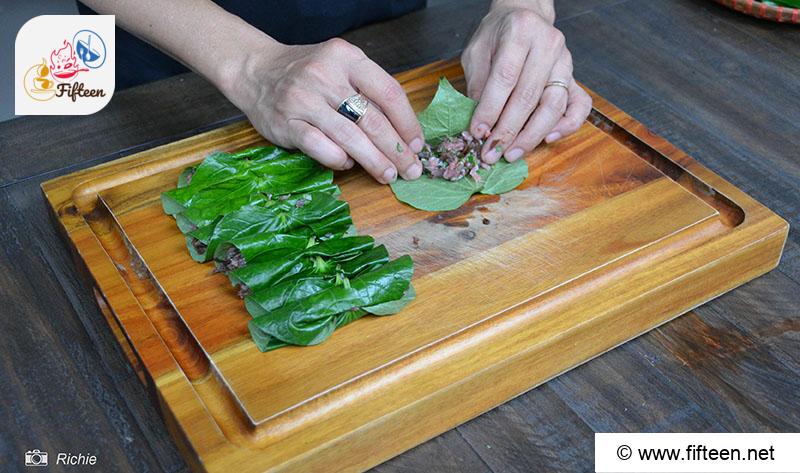
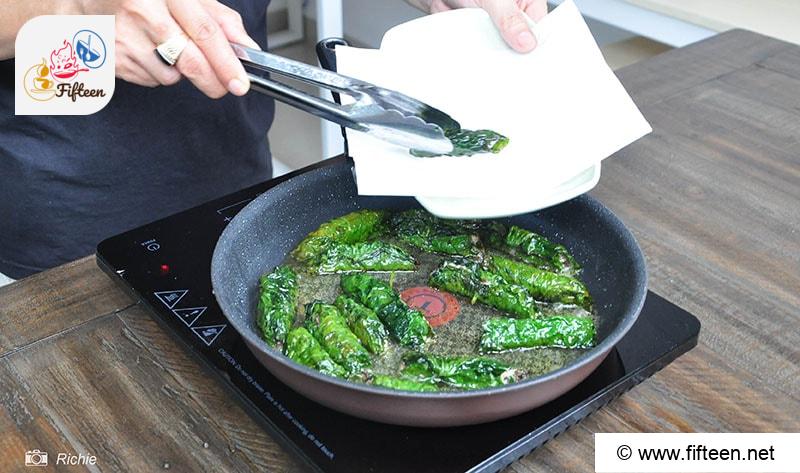
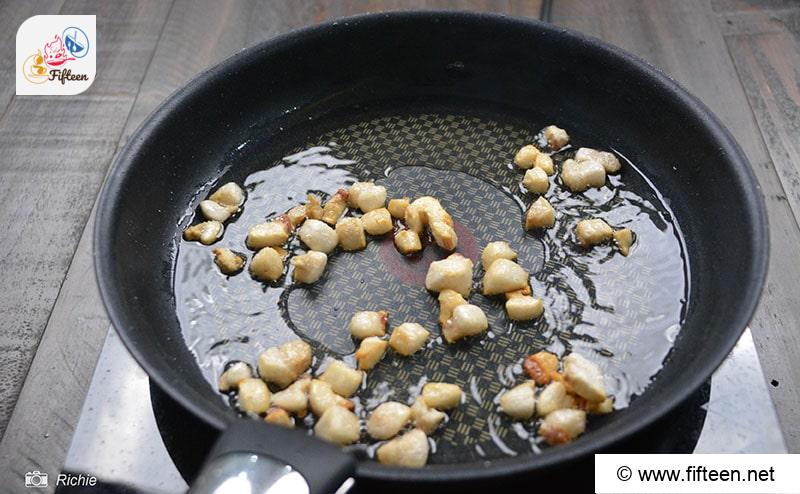
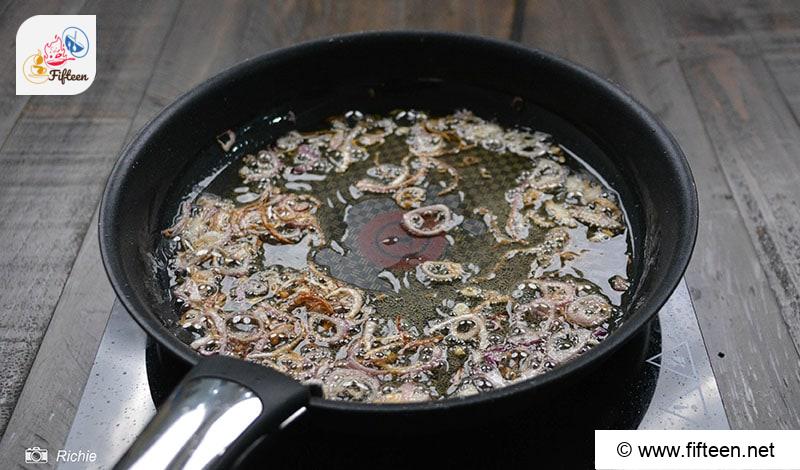
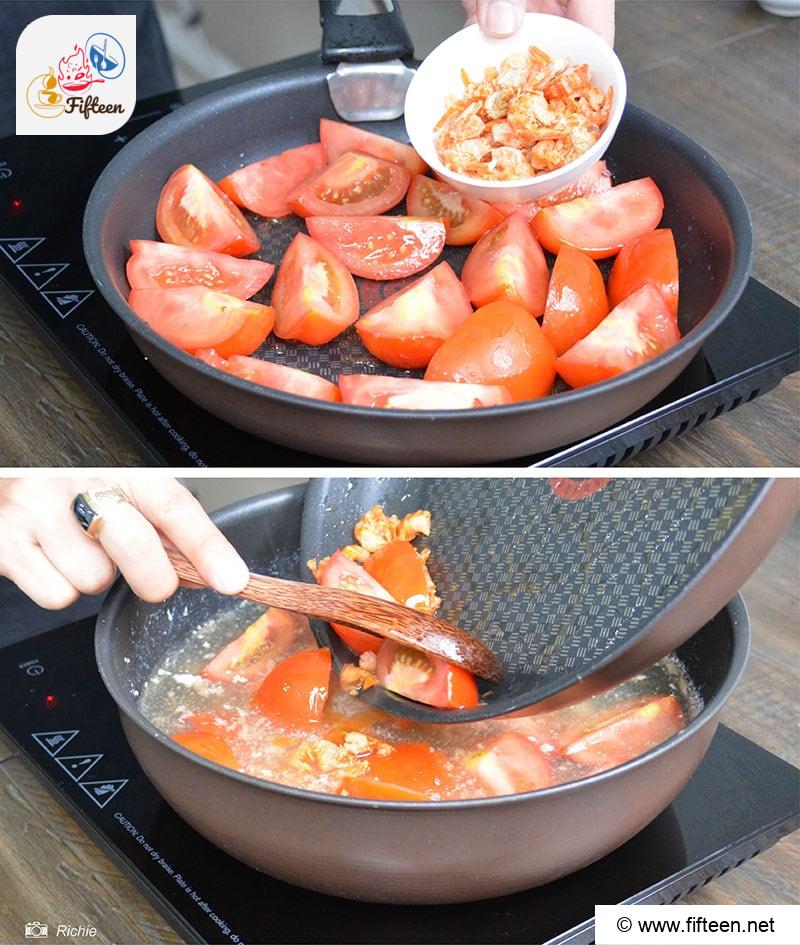
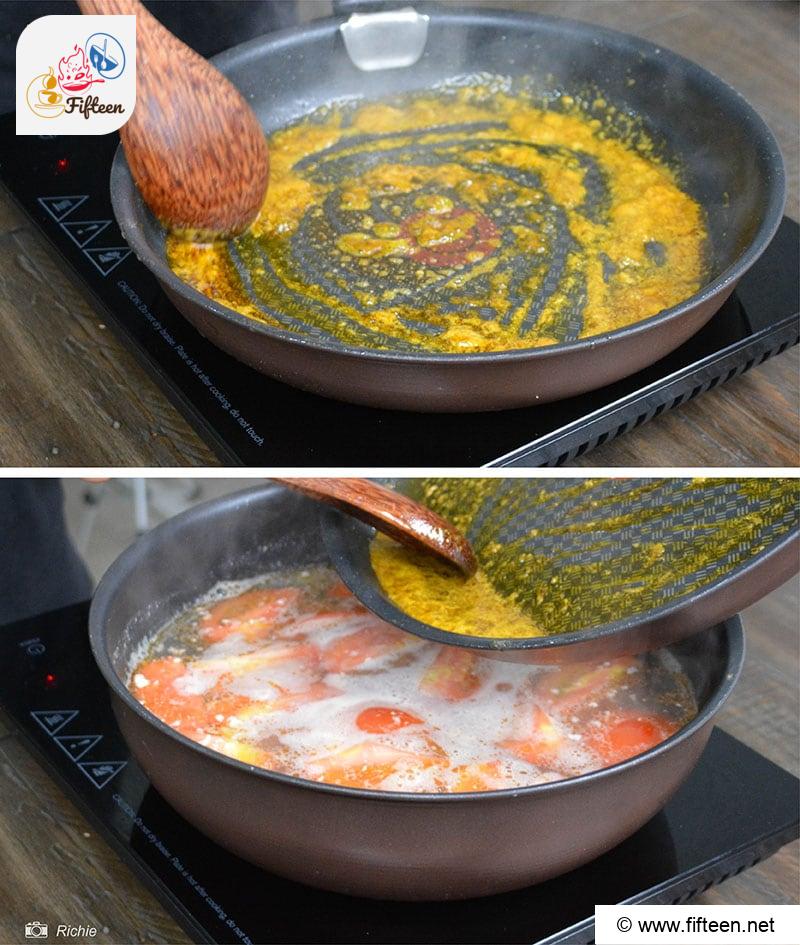
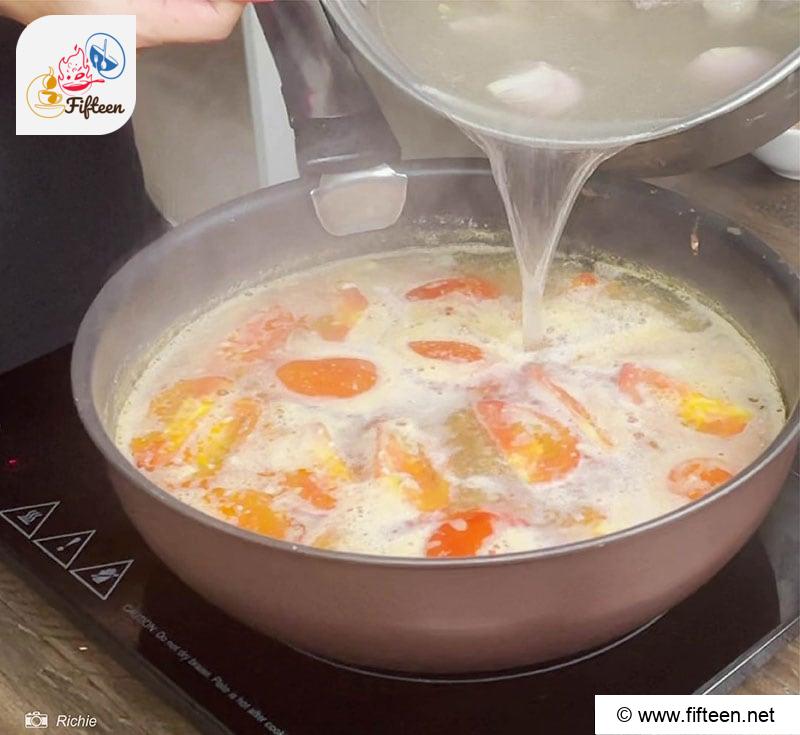
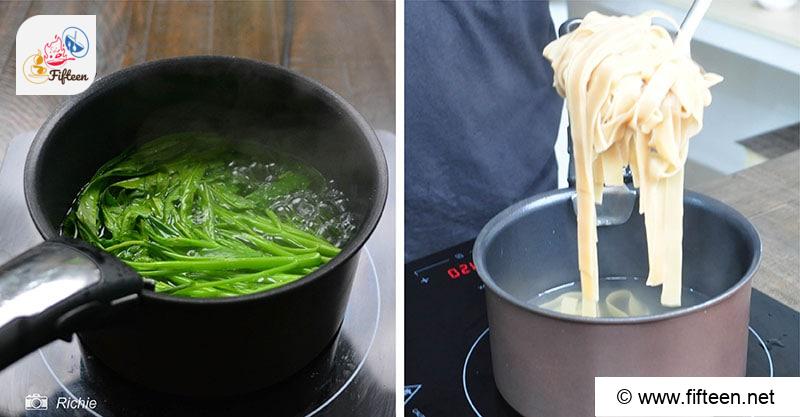
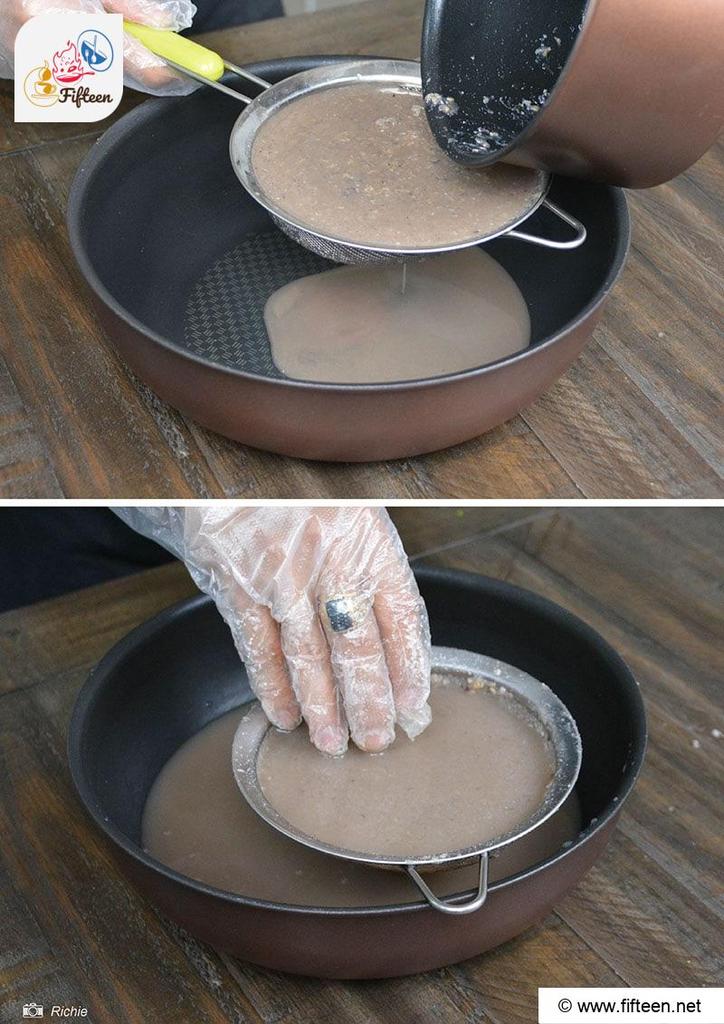
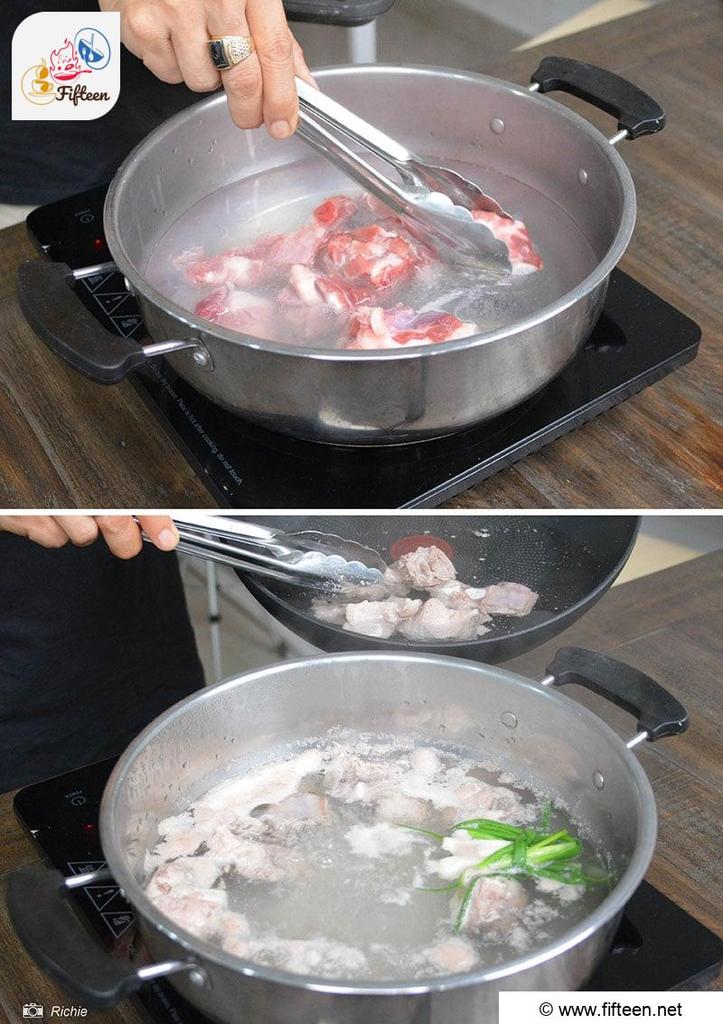
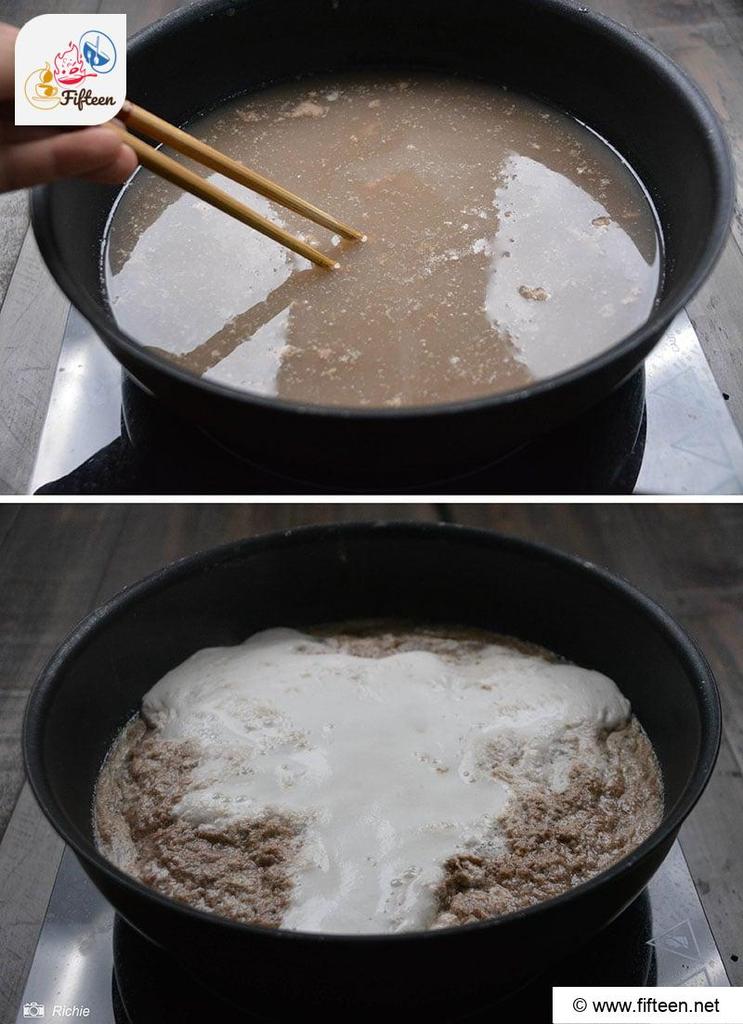
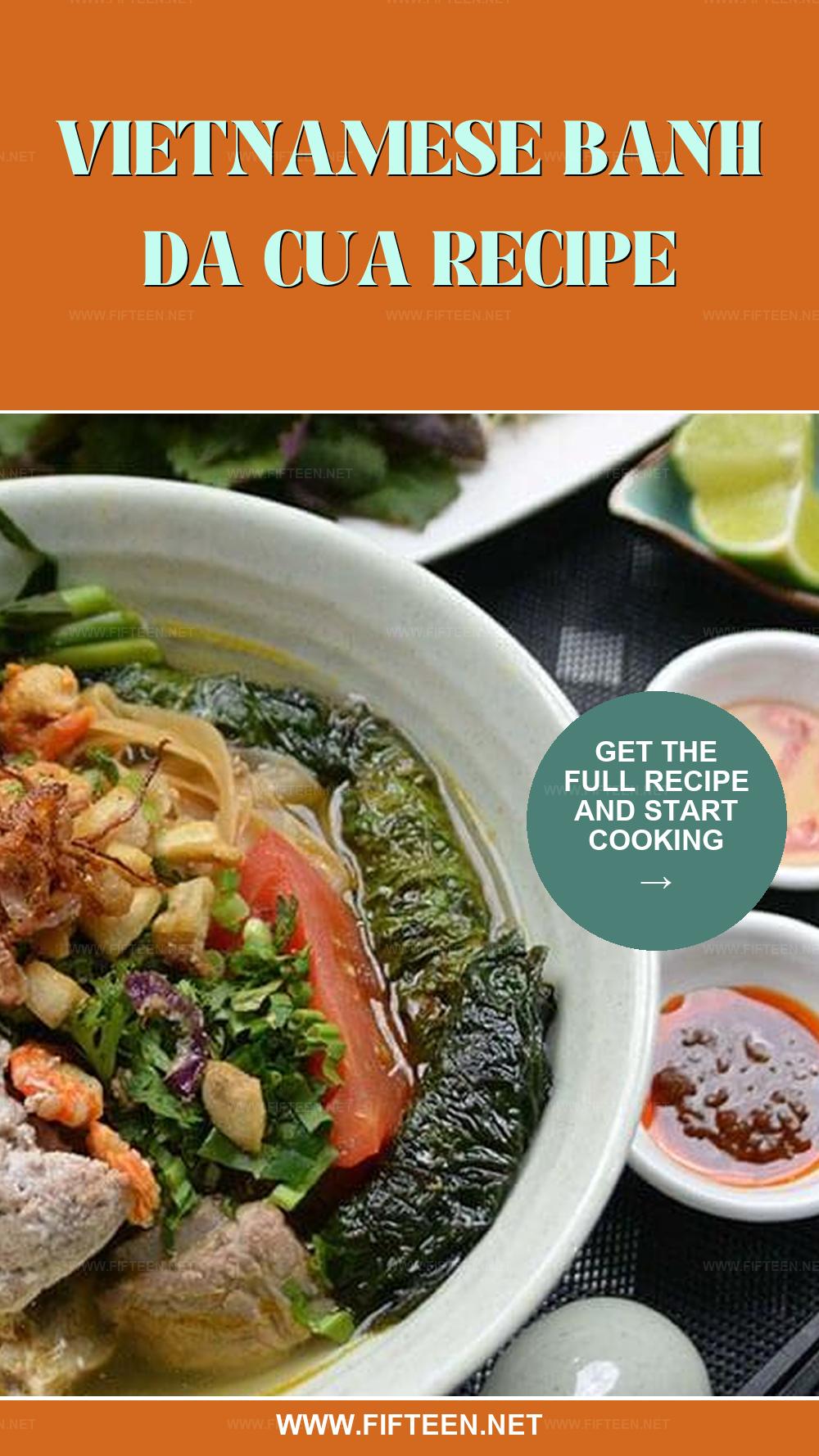
Richie
Content Writer
Expertise
Home Cooking, Meal Planning, Food Styling, Food Photography, Cooking-video Maker, Beverage Evaluation Expert
Education
Saigon Culinary Arts Centre, Ho Chi Minh City, Vietnam
Vietnam Australia Vocational School (VAAC), Hanoi, Vietnam
Richie, based in Ho Chi Minh City, Vietnam, is a dynamic Content Writer with a talent for capturing the essence of culinary art.
Richie specializes in creating visually appealing and tasty content, offering a new angle on Vietnamese and other culinary traditions. With a background in graphic design and a love for food styling and photography, he expertly combines beauty with food narratives, encouraging his audience to discover the culinary world through his imaginative perspective.